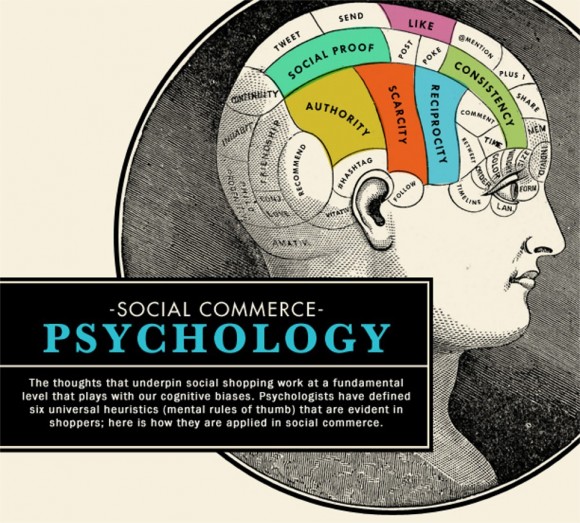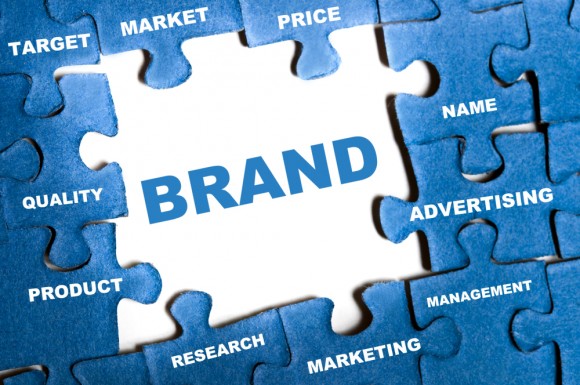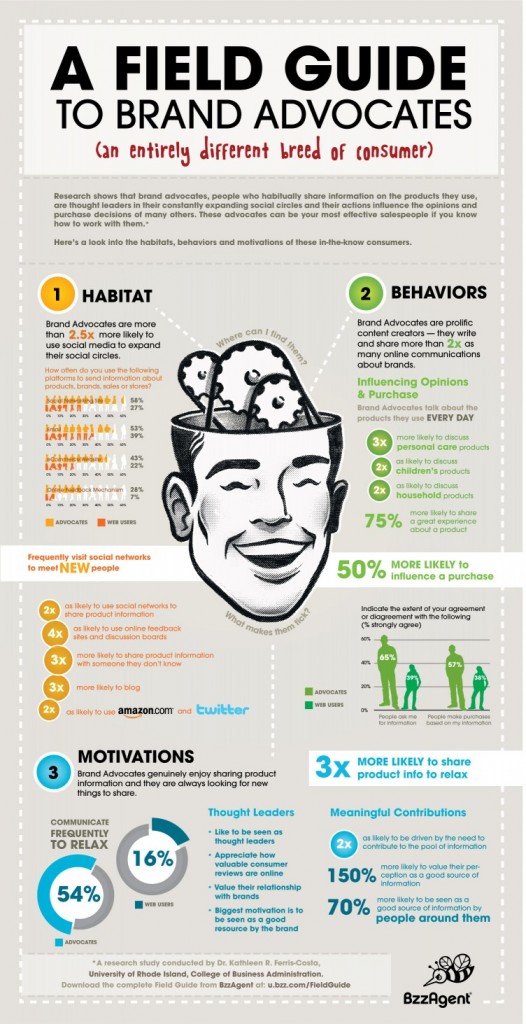How to use Online Strategies to Boost Branded Traffic
 Branded Traffic occurs when a website enjoys a wealth of brand awareness, expressed on branded keywords, similarly referred as navigational queries. In order to achieve this kind of communicational objective, online marketers must consider an online strategy which will deploy all possible online marketing tools and optimize paid, owned and earned media in order to lift brand awareness. In this article, we put forward some milestones to go there.
Branded Traffic occurs when a website enjoys a wealth of brand awareness, expressed on branded keywords, similarly referred as navigational queries. In order to achieve this kind of communicational objective, online marketers must consider an online strategy which will deploy all possible online marketing tools and optimize paid, owned and earned media in order to lift brand awareness. In this article, we put forward some milestones to go there.
Using web metrics and analytics tools, online marketers should record the current status of brand awareness before launching any campaign. This way they will gain valuable insights of the general status and data that can be used for future reference and comparison.
On Page Actions to Improve Brand Awareness
Each page must be considered a landing page. Bearing this in mind, a good practice is to use branded design and to include branded messages within every single page of the website. This will affect the title, the heading tags, the logo, the colors and of course the content of the page. Pay special attention to the page titles since you must find a balance between SEO, CTR and branding.

Off Page Actions to Increase Branded Traffic
Along with the On Page Actions, one should develop a solid Off Page Action plan that will enable him to increase his/her brand awareness. Below we list the most important tools and methods that should be combined to create a successful campaign:
1. Display Ads
Ad Banners are a measurable and impactful way to tell your story on popular media websites. It is highly recommended especially for brand or product launch. A crucial point to take into account is the consistency between all the static or interactive banners.
2. Branding Search Campaigns
Managing paid search campaigns with focus on brand awareness, requires a careful selection of keywords (for search networks) and related websites (content network) with aim to target keywords that fall at the research phase – also referred as informational queries – and focus on maximizing impressions.
3. Social Media Campaigns
Communication in social media involves shareable content and a large network to support it. That means optimized and active accounts that will enable a social media team to participate on discussions around topics related to the field of business.
4. Link Building
Using the classic, well known SEO practice of creating linkable content using blogs, press release services along with other forms of media and link exchange with quality (only) content websites can be a great way to generate traffic, bring visitors to the landing pages of your choice and increase brand awareness. For more information of the best link building practices and common mistakes have a look on the article “Why my SEO campaign failed? Part 4: Common Link Building mistakes”.
5. Online Reviews
Set your service or product for review by others. It’s an honest and engaging way (as long as you don’t engage any blackhat practices) to provide additional information to your audience about your services and to gain their trust. Note that honest reviews can also be a great way to get feedback and improve your products.
6. Blogging
Activate your blogger relations and seek product reviews, guest blog posts or just get connected with influential bloggers on the field. As a professional you can always write engaging content related to your field sharing with your audience your experience and expertise.
7. Sponsorships
Sponsorships are a good practice of the Public Relations field that creates positive publicity and a warm feeling (especially when it’s a donation for a good cause). Website or mobile application sponsorships are practices of associating a brand with specific content that usually generates branded traffic and of course backlinks.

Integrate Online and Offline Communications
Both on and offline communications should serve one strategy. Having this in mind, integration of two worlds should be followed by cross channel messaging consistency. Furthermore, a recommended practice is to blend targeted media and devices, for example a QR code in a print Ad leading to a special offer landing page, integrates Offline and Online, Desktop and Mobile.
More advanced but highly effective forms of integrations can be found in viral campaigns that may support rich media online, TVCs, billboards, ambient media etc.
Images by: BzzAgent and TabJuice

 3 Comments
3 Comments


